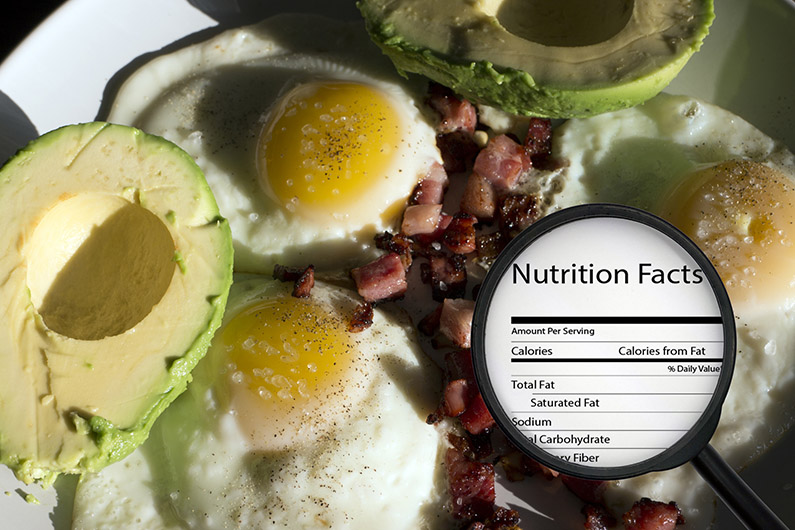
The first time I heard the word “calories” was when I was six years old. During a playdate, my mother offered us some cookies. Many of us gladly grabbed one, stuck it in our mouths, and then went on playing with our Barbies. One of our friends, however, refused and said, “I can’t. It has too many calories.” The next time I heard the word “calories” was in my seventh-grade science class when we defined it as “equivalent to 4.184 joules.” Looking back, I feel that it was no wonder that I was entirely unaffected after being flooded with nutrition labels and caloric counts every time I dined out.
So what is a calorie? Dr. Ayoob, a professor at the Albert Einstein College of Medicine defines calories as a source of fuel for the body in the same way that gasoline is used to fuel a car.1 Fats, carbohydrates, and proteins all contribute to the total calories, although disproportionately. For instance, for every gram (about the weight of a jellybean) of pure fat, there are 9 calories; for every gram of carbohydrate, there are 4 calories; and for every gram of pure protein, there are 4 calories.2
The human body needs a certain amount of calories to help with the millions of processes that occur within the body. Additional calories can then be balanced by food consumption and exercise (a loss in calories).3 The website health.gov provides estimate tables with the daily caloric recommendations based on an individual’s age, gender, and level of activity. For adult women, the range is between 1,600 to 2,400 calories a day, and for an adult male, the range is between 2,000 to 3,000 daily calories. There is even greater variability in the daily recommended caloric intake for children with some estimates reaching 3,200 calories a day.4
Calories are a hot topic, especially in the US, because the overconsumption of calories is a major cause of obesity.5 Obesity is a chronic public health problem that has only escalated in the last 16 years with a 30 percentage point increase in adults and a 33 percentage point increase in youth (2-19 years old).6,7 Nearly 40 percent of adults in America were obese as of 2016.8 Excess weight drastically increases the chances of an individual suffering from heart disease, type II diabetes, and other kinds of conditions such as bone and joint diseases. Other health effects can also include high blood pressure, sleeping disorders, cancer, and psychosocial illnesses. Of note, obesity can occur through genetic and environmental interactions as well.9
In order to tackle obesity, the Affordable Care Act included a provision that would require chain restaurants and retail food establishments with 20 or more locations to provide caloric information about each food item, information about the recommended caloric intake on a daily basis, and the availability for more information about the nutritional contents in food items upon request.10
In the next blog, I will be discussing the pros and cons of providing such information to a consumer and explore whether displaying calories truly helps individuals curb their caloric intake.
Author bio:
.jpg)
Priya Vedula is a health policy analyst at the Institute for Health Policy and Leadership. Her work involves examining health policies and regulations with a focus on oral health, mental/behavioral health, and hunger. She received her Master of Public Health degree from Columbia University.
References:
- https://abcnews.go.com/Health/WellnessResource/story?id=6762725
- https://www.nal.usda.gov/fnic/how-many-calories-are-one-gram-fat-carbohydrate-or-protein
- https://www.medicalnewstoday.com/articles/263028.php
- https://health.gov/dietaryguidelines/2015/guidelines/appendix-2/
- https://www.ncbi.nlm.nih.gov/pmc/articles/PMC5501996/
- https://www.cdc.gov/obesity/data/adult.html
- https://www.cdc.gov/obesity/data/childhood.html
- https://www.niddk.nih.gov/health-information/health-statistics/overweight-obesity
- https://www.google.com/search?q=excess+weight+increases+chances+of+type+two+diabetes&oq=excess+weight+increases+chances+of+type+two+diabetes&aqs=chrome..69i57.43866j0j4&sourceid=chrome&ie=UTF-8
- https://www.scientificamerican.com/article/obamacare-calorie-count-rules-ushered-in/
